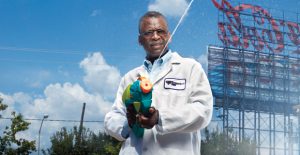Where would you launch the next generation breast pump
You’re launching a new breast pump and the question is: where do you hold the launch events?
- In hospitals on maternity wards?
- At doctor’s symposiums?
- In new parents’ support groups?
- With leading retail pharmacy chains?
- Or maybe at the London Fashion Week?
And the answer is, of course, London Fashion Week.
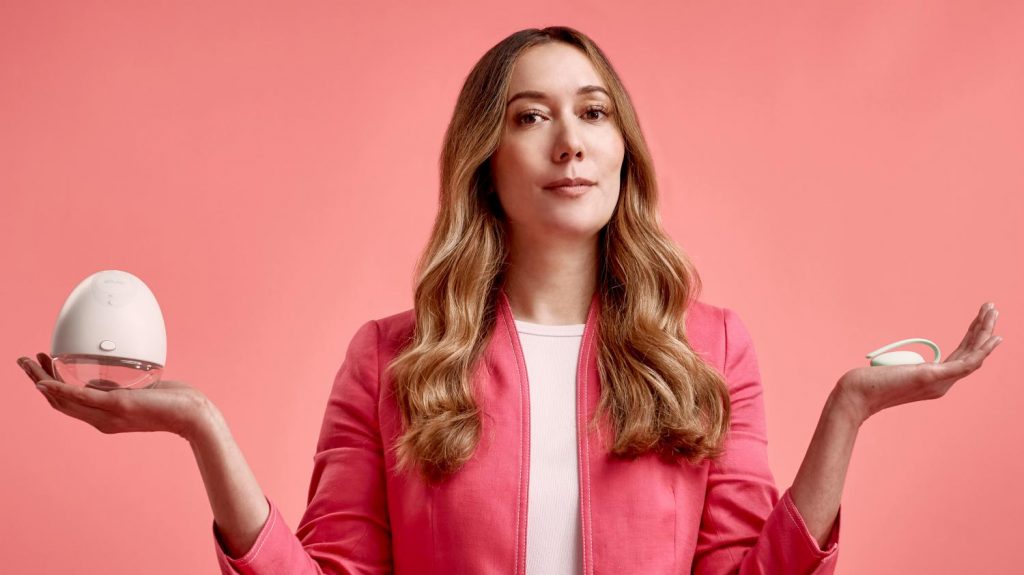
Well, it is if you’re the radical femtech company called Elvie. So it was that in 2018, Argentine model Valeria Garcia took to the catwalk during the Marta Jakubowski show at London Fashion Week wearing an Elvie breast pump under her bra and black trouser suit ensemble.
Continuing that radical approach you, if you’re Elvie, would follow it up by installing four huge inflatable breasts around Shoreditch and the City “to encourage people to talk more about breastfeeding.”
Tania Boler gained health degrees from both Oxford and Stanford and went onto do a PhD in reproductive health. She then spent 12 years working on sexuality education and HIV prevention for the UN, ActionAid and Marie Stopes.
But it was when she gave birth to her first child that she quickly “realized that there had been zero innovation in pelvic-floor health, even though 80% of expectant and new mums suffer with it in some way.”
It was the inspiration behind what would become Elvie. “I didn’t really have an idea for a company, I just thought there was a problem that needed to be solved and that tech could help,” says Boler. She believed that tech could stimulate innovation and aid product design. Something she would then bring to market in equally new and innovative ways.
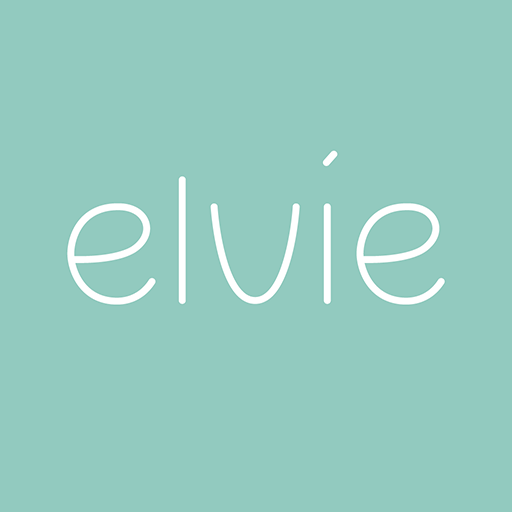
Boler’s first action was to do her research into the best way to exercise pelvic floor muscles, but as she told The Standard newspaper, “This was done via a horrible device where women had to lie on their back in a hospital with a probe put in. I thought, ‘Why can’t we take the idea behind this thing that hospitals are using, and develop something fun and easy to use at home?’ At the time, sports tech like Fitbit was launching, and I thought those kinds of sensors could be applied to women’s health.”
She pitched her idea to the government-backed Innovate UK scheme in 2013 and won a £100,000 grant. She quit her job to focus on making a better device: a Kegel trainer and app used to help women strengthen their pelvic floor via five-minute workouts involving games.
While working on early prototypes, she met Alex Asseily, the founder of wearable tech firm Jawbone, and he helped her change her mindset. “He came on board as a cofounder and investor, and encouraged me to take a Californian mentality, raising more money and hiring the ‘A-team’ of engineers.”
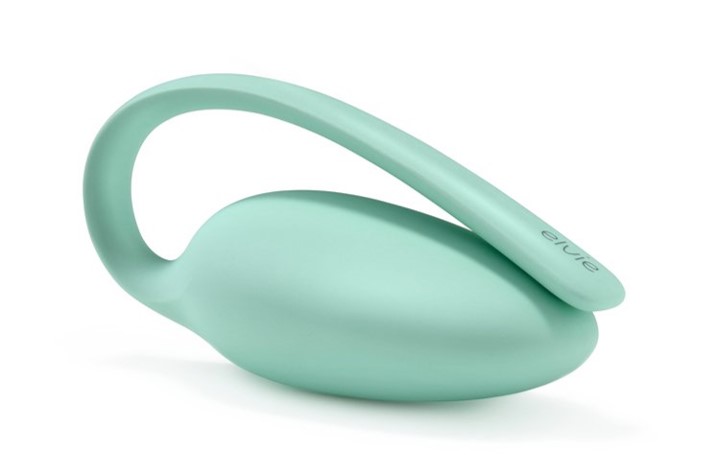
It was two years before the £170 Elvie Trainer was launched. Already eschewing the traditional venues, Boler and her team hosted sales talks in west London and New York gyms and hosted parties in people’s homes. It took a while for things to get going. “Eventually it reached a tipping point via word-of-mouth success. Then all the retailers who’d thought we were crazy, and said they weren’t going to stock a vagina product, began calling us back,” says Boler.
After six months, the firm turned a profit; within a year, revenue hit $1 million then, three years after that launch, the Elvie Trainer was also made available on the NHS.
Riding on that success and it got it included in the $100,000 Oscars goodie bags and that helped create some celebrity fans of the brand, including Gwyneth Paltrow who featured it on her Goop site.
Boler started planning her next product.
In 2017, Elvie raised £4.6 million from angel investors and started work on “the world’s first silent wearable breast pump.”

Its launch at the London Fashion Week saw Elvie’s discreet pump peeping out of a black bra-wearing model mum. It was perfect demonstration that breast pumps didn’t have to be loud and cumbersome.
The tactics obviously worked because, despite the £250 price tag, “it was an overnight success story,” says Boler.
Turnover is now over £20 million and Elvie has been recognized as one of Wired’s ‘hottest start-ups’ and one of the 15 start-ups ‘To Watch’ by The Sunday Times.
The brand and Boler’s rise seems likely to continue. Elvie has four new femtech products in its R&D pipeline.
As Boler says, “Women tend not to talk about the health issues they’re facing, despite the fact that they’re completely normal. So by launching our products in a lifestyle space, we could normalize it.”
“Until now, the tech industry has always thought that focusing on women customers means changing the colour of a product or turning it into a piece of jewellery. There’s never been a tech brand for women before. That’s our ambition.”
And the moral is that next generation brands can compete in any market, including those targeted predominantly at women.
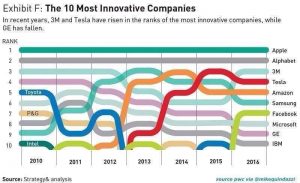
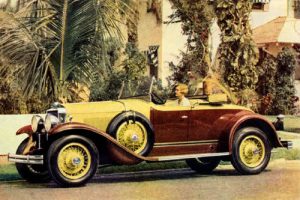
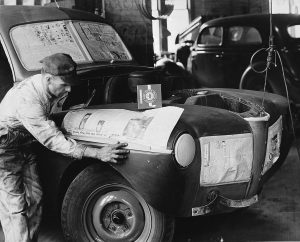
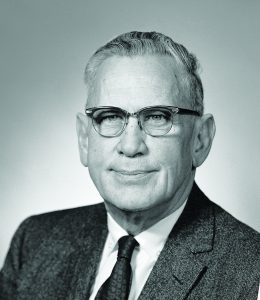
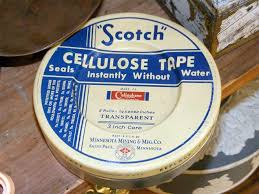
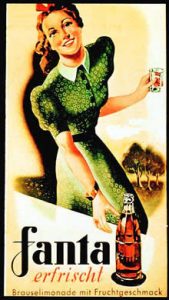
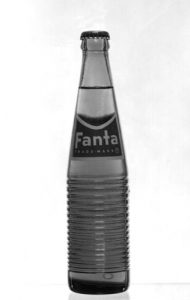 The new product needed a name and so Keith called together some employees for a competition. He told them to let their Fantasie [Geman for fantasy] run wild. Upon hearing that, veteran salesman Joe Knipp immediately suggested “Fanta”.
The new product needed a name and so Keith called together some employees for a competition. He told them to let their Fantasie [Geman for fantasy] run wild. Upon hearing that, veteran salesman Joe Knipp immediately suggested “Fanta”.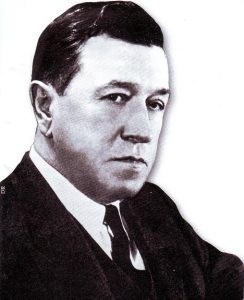 After the war though an investigator commissioned by Coca-Cola examined Max Keith’s actions and they were delighted to hear that Keith had not only never been a Nazi, he’d repeatedly rebuffed pressure to become one, suffered hardships because of those refusals. He had also resisted the temptation of selling Fanta under his own name.
After the war though an investigator commissioned by Coca-Cola examined Max Keith’s actions and they were delighted to hear that Keith had not only never been a Nazi, he’d repeatedly rebuffed pressure to become one, suffered hardships because of those refusals. He had also resisted the temptation of selling Fanta under his own name.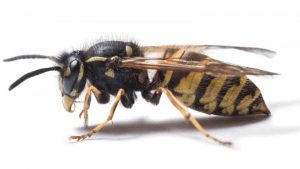
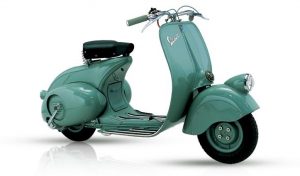
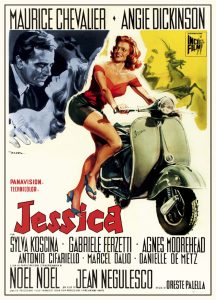
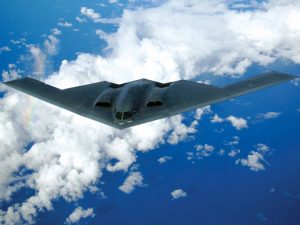
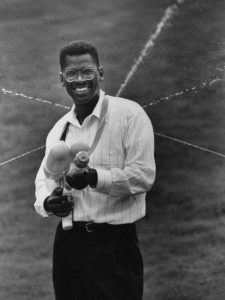 It was here that work on the Super Soaker began. “So in 1982 you could say that I had a fun day job working on these spacecraft in Pasadena, California, but all this time I continued to tinker on my own ideas in the evening.
It was here that work on the Super Soaker began. “So in 1982 you could say that I had a fun day job working on these spacecraft in Pasadena, California, but all this time I continued to tinker on my own ideas in the evening.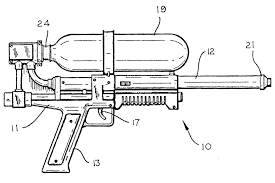 “I can’t really review a product here,” he told Johnson, “but if you’re ever in Philadelphia, where our headquarters are, I’d be happy to talk to you. Drop in and see us… [but] don’t make a special trip.”
“I can’t really review a product here,” he told Johnson, “but if you’re ever in Philadelphia, where our headquarters are, I’d be happy to talk to you. Drop in and see us… [but] don’t make a special trip.”